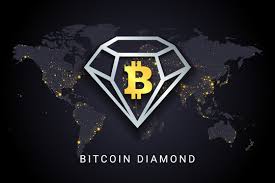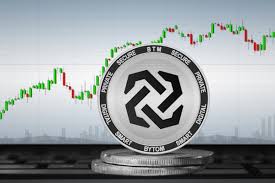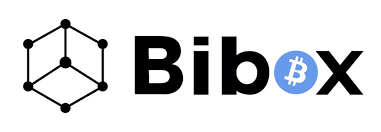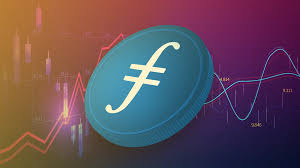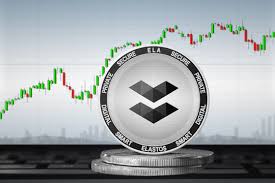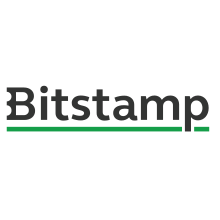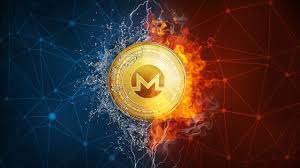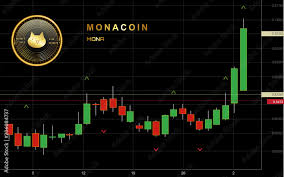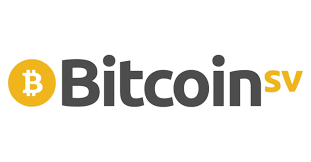Ravencoin, a relatively young but rapidly growing cryptocurrency, has gained attention for its unique focus on asset tokenization and transfer. In this article, we will explore the captivating history of Ravencoin, tracing its origins, key milestones, and the impact it has made on the world of blockchain and digital asset ownership.
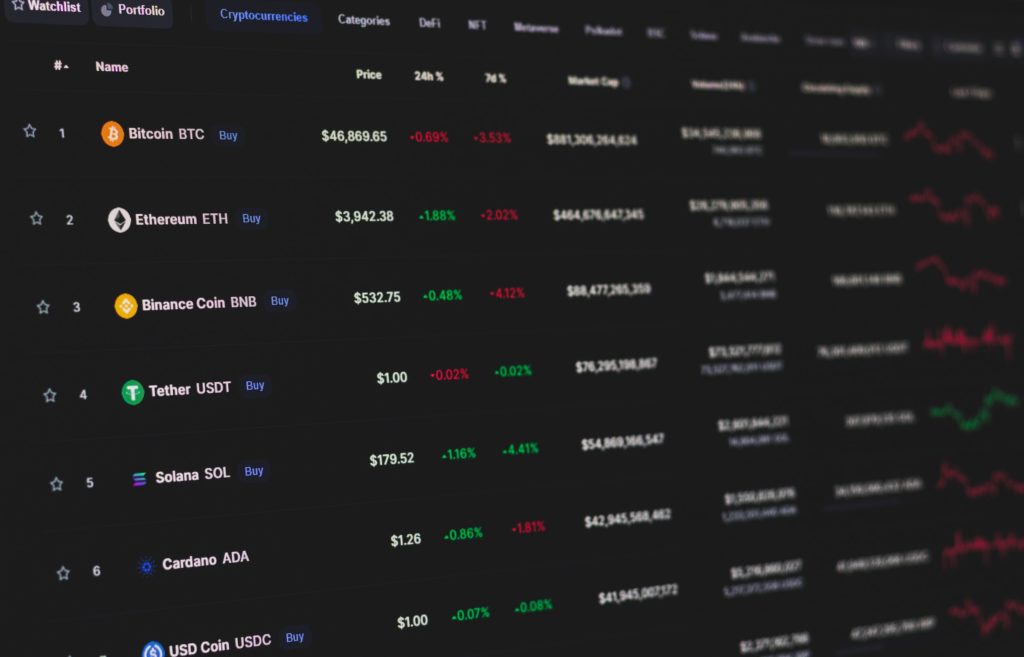
The genesis of Ravencoin
It was first introduced to the world in 2018 by Bruce Fenton, a prominent figure in the blockchain industry. Fenton recognized the need for a platform that could facilitate the creation and transfer of assets in a decentralized and secure manner. Inspired by Bitcoin’s underlying technology, Ravencoin was built on a modified version of the Bitcoin codebase, tailored specifically for asset tokenization.
The milestones of coin
Ravencoin has achieved significant milestones in its relatively short history. The following sections explore the key milestones that have propelled the coin to the forefront of the blockchain industry.
Launch of Ravencoin (January 2018)
It was launched as a fork of the Bitcoin codebase, inheriting its robust security features while aiming to address the specific needs of asset tokenization. The mainnet launch marked the beginning of its mission to revolutionize the world of digital assets.
Asset layer activation (October 2018)
A significant breakthrough for Ravencoin occurred when the Asset Layer protocol was activated. This allowed users to create and transfer unique digital assets on the blockchain, opening up a plethora of possibilities for asset tokenization, including real estate, intellectual property, and even virtual gaming items.
Mainstream adoption (2019-2020)
During this period, the coin gained widespread recognition and adoption from both individual users and enterprises. The simplicity and efficiency of issuing and managing assets on the blockchain attracted various industries, including finance, gaming, and supply chain management.
Integration with major wallets and exchanges (2019-2021)
To enhance accessibility and liquidity, it successfully integrated with several prominent cryptocurrency exchanges and wallets. This allowed users to trade and store Ravencoin (RVN) tokens more conveniently, promoting the growth of the ecosystem and expanding its user base.
Community-driven development (Ongoing)
Ravencoin’s development has been fueled by an active and passionate community. The community actively contributes to the project’s development, proposing and voting on protocol enhancements through the Ravencoin Improvement Proposal (RIP) process. This decentralized governance model ensures that the network evolves according to the needs and aspirations of its users.
Introduction of messaging and IPFS integration (2021)
It expanded its capabilities by introducing messaging functionality, enabling users to communicate securely within the network. Additionally, the integration with the InterPlanetary File System (IPFS) allowed users to attach files and documents to their transactions, further enhancing the utility of Ravencoin.
Continuous development and innovations
Its development team remains committed to improving the protocol’s scalability, security, and usability. Ongoing research and development initiatives focus on optimizing transaction throughput, enhancing privacy features, and facilitating seamless integration with existing financial and technological systems.
Partnerships and integrations
The currency’s growing reputation and utility have led to various partnerships and integrations with other blockchain projects and platforms. Notable collaborations include projects like TZero, a subsidiary of Overstock.com, and Medici Ventures, a blockchain-focused investment firm. These partnerships have facilitated the integration and adoption of the coin’s technology, expanding its reach and potential use cases.
Challenges and adoption
While Ravencoin has experienced significant growth and adoption, it is not without its challenges. The project faces competition from other blockchain platforms that offer similar tokenization capabilities. Additionally, widespread adoption and awareness of the benefits of blockchain-based asset ownership remain ongoing challenges. However, its unique features, dedicated community, and commitment to decentralization position it favorably in the market.
Future outlook
As Ravencoin continues to mature, its future outlook appears promising. The project aims to further enhance its capabilities, focusing on scalability, ease of use, and interoperability with other blockchain networks. With the increasing demand for tokenization and the digitization of assets, it is well-positioned to play a significant role in the evolving landscape of decentralized finance and asset ownership.
